Louisiana is Willing to Pay Residents to Help Kill Invasive Mutant Rat Species
An unsuspecting threat has emerged from the marshes of Louisiana that is destroying natural habitats.
State officials have called upon residents to track down and hunt giant invasive rats in an attempt to return the ecosystem to normal.
Giant Rats From South America
Recently, massive semi-aquatic rats have invaded wild and residential areas of Louisiana.
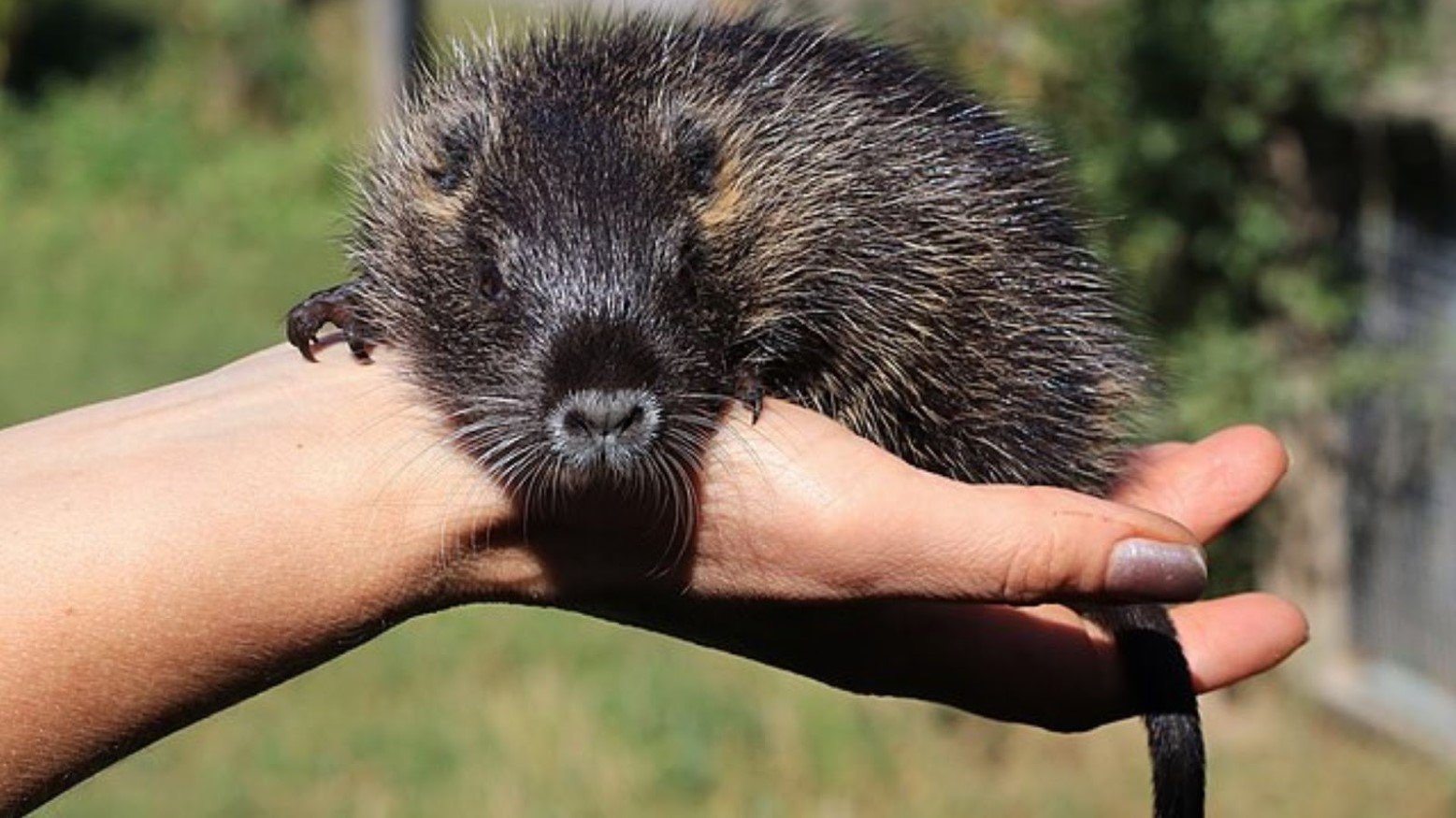
Source: Wikipedia Commons
The invasive species is said to come from South America. It’s called a nutria and it’s characterized by webbed toes and orange buck teeth. They pose a massive ecological threat to marsh plants and soil erosion.
Officials Offering a Bounty for the Dead Rats
The Louisiana Department of Wildlife and Fisheries has officially stepped in and created a clever solution to the problem.
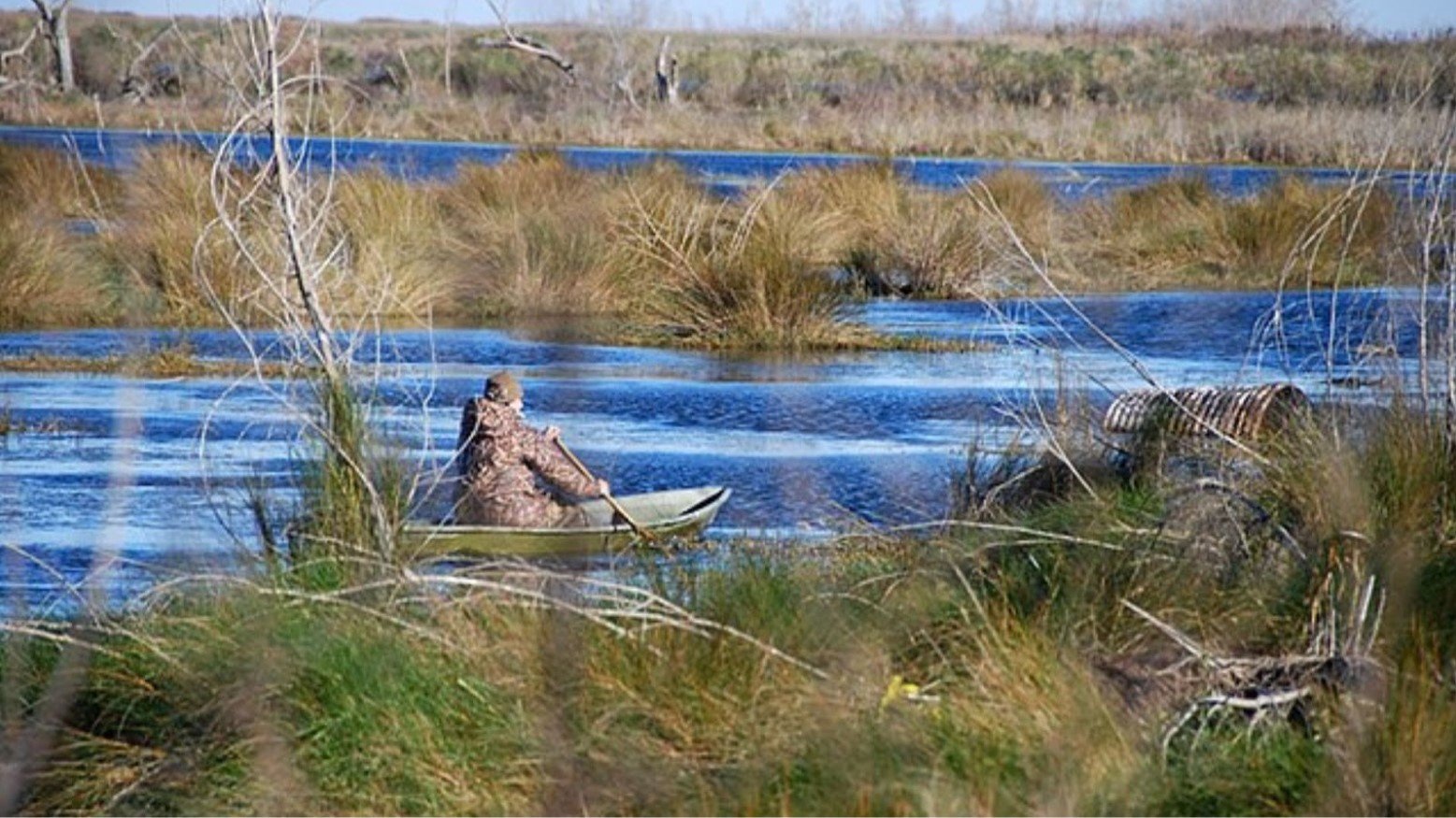
Source: Wikipedia Commons
They’re offering $6 per rat tail brought to them through the next hunting season. The bounty for the nutria tail is a smart incentive to get residents to participate and help eliminate the rat from all corners of the state.
Massive Threat to Local Landscapes
The rat causes more damage than one might initially anticipate.
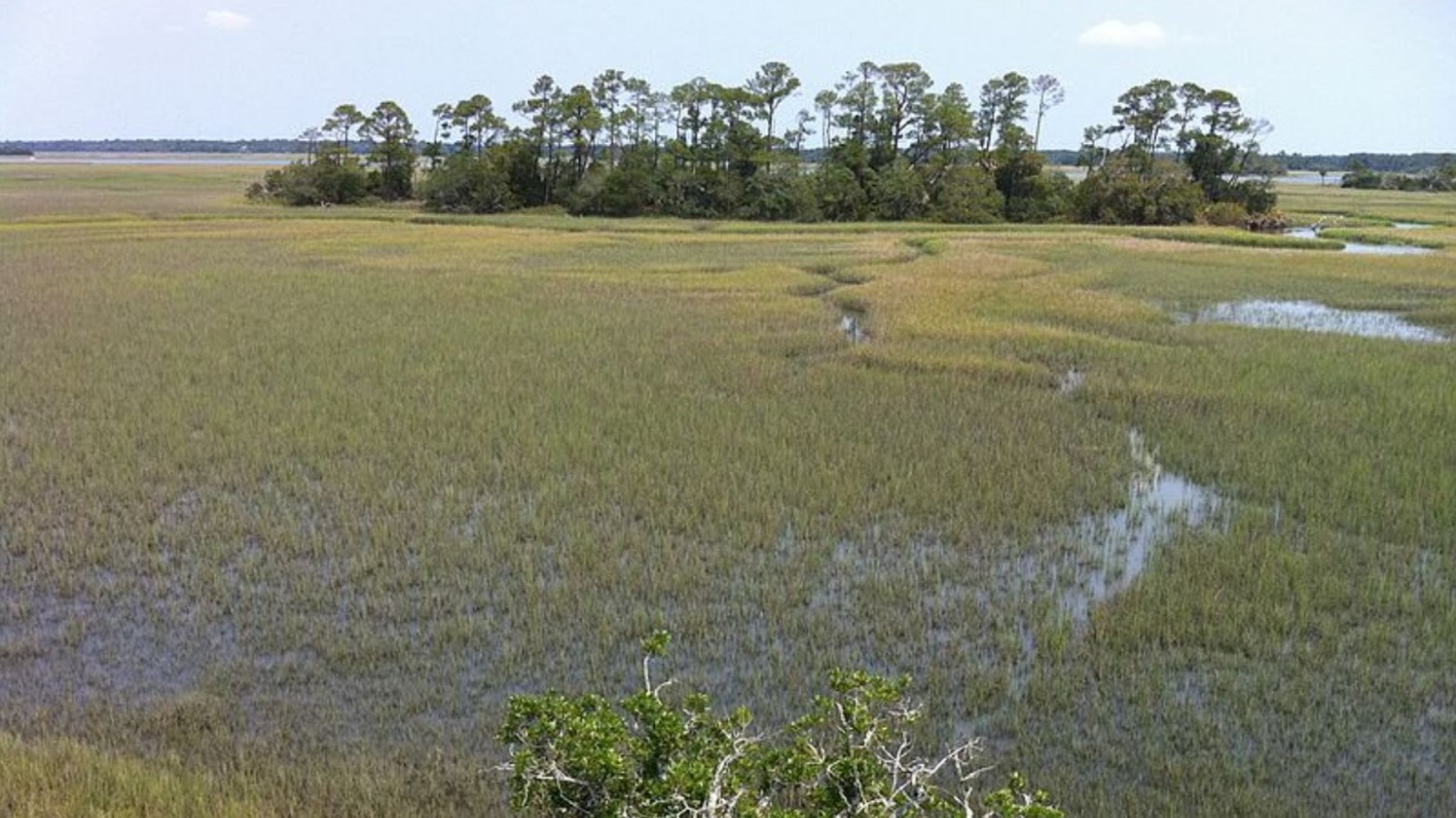
Source: Wikipedia Commons
The rodents eat roots of vegetation and cause massive damage to the surrounding areas. In places like swamps and marshes where the root systems are integral to keeping water level and surrounding areas from flooding, the damage can be catastrophic.
Longstanding Nutria Control Program
Since 2002, programs have been put in place in an attempt to obliterate the rat from the area.
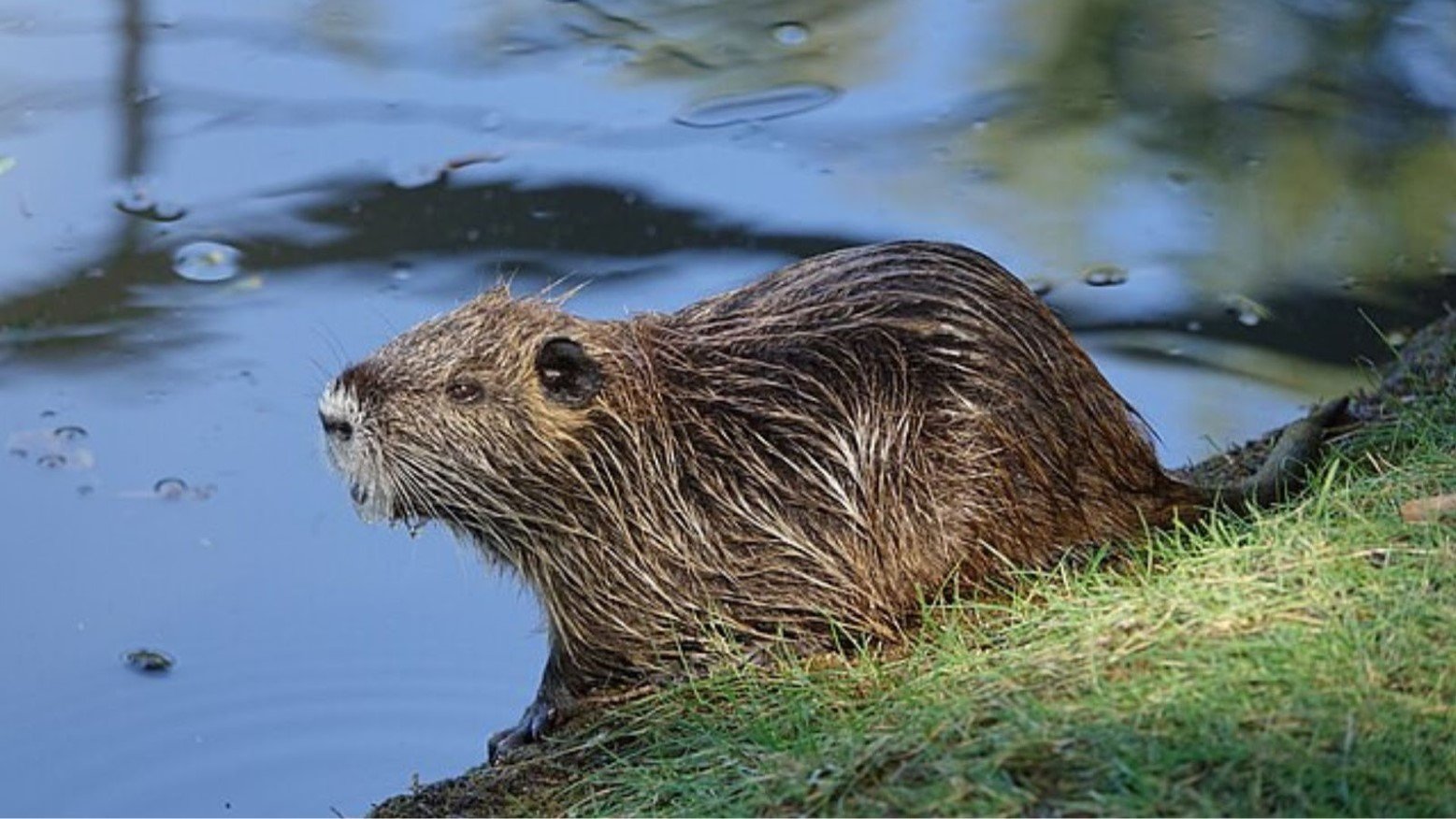
Source: Wikipedia Commons
Although the Coastal Nutria Control Program has been successful in past years, the rat seems to be ramping up breeding. This challenge has forced local authorities to place a bounty on each dead rat.
Hunters Add Excellent Data to the Environmental Impact Reports
Registered hunters in the area have often been a useful source of information on the areas damaged by nutria.

Source: Jordan Bergendahl/Canva
During this past hunting season, reports of widespread erosion and land damage were noted. Since much of Louisiana is hard to reach, officials rely on hunters who make their way through the back country to gather data.
Economic Incentives Are Often Needed for a Short Period
While the fisheries department can’t afford a bounty for each rat forever, they can’t afford not to do something about the mounting problem.
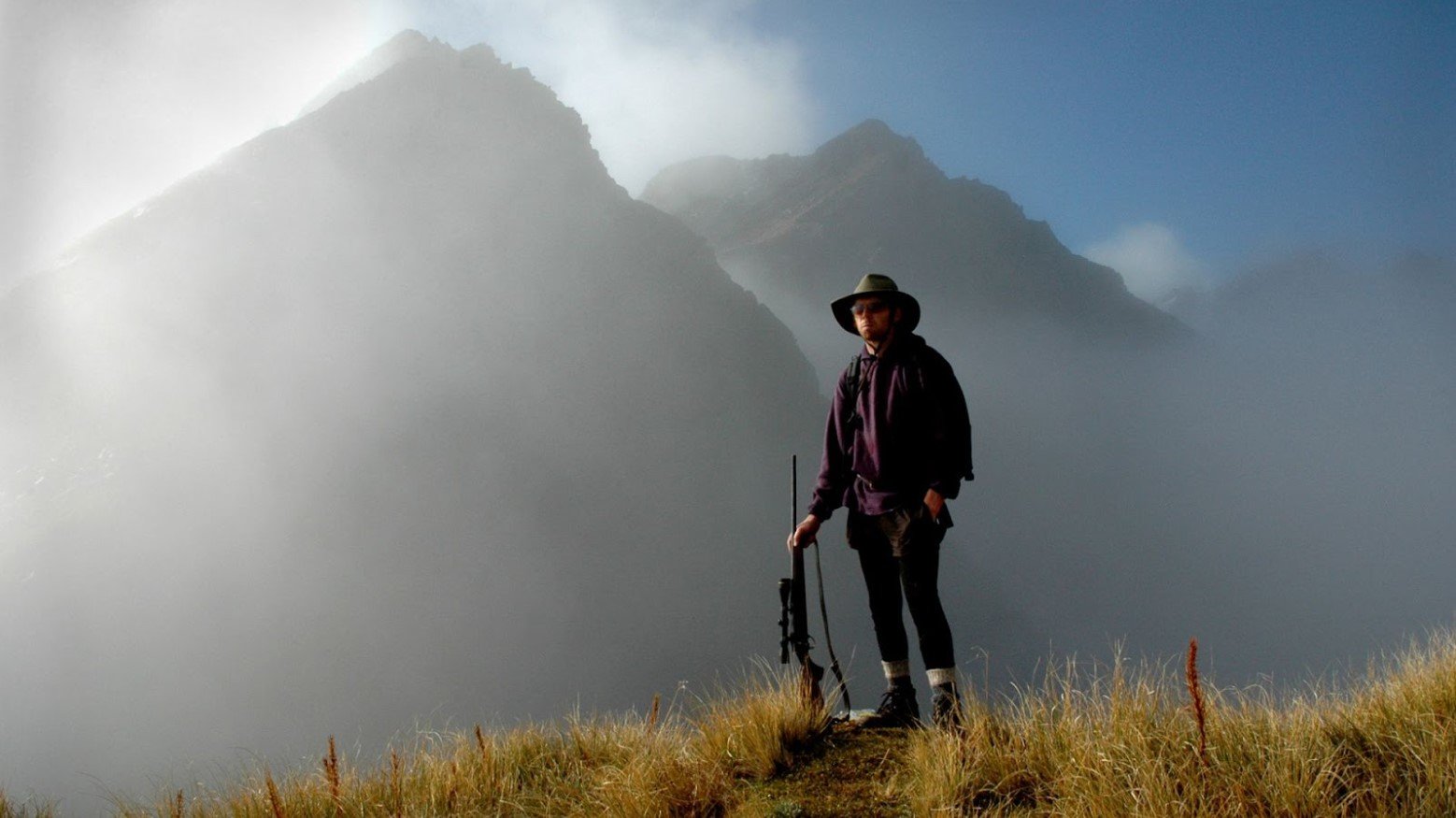
Source: njmcc/Getty Images
The rat will become an incredibly expensive ecosystem menace if they don’t fork up some cash now to incentivize local hunters to bring them in.
Other Strategies to Get Rid of the Rats
Other strategies to eliminate the nutria has been to add natural predators to the areas.
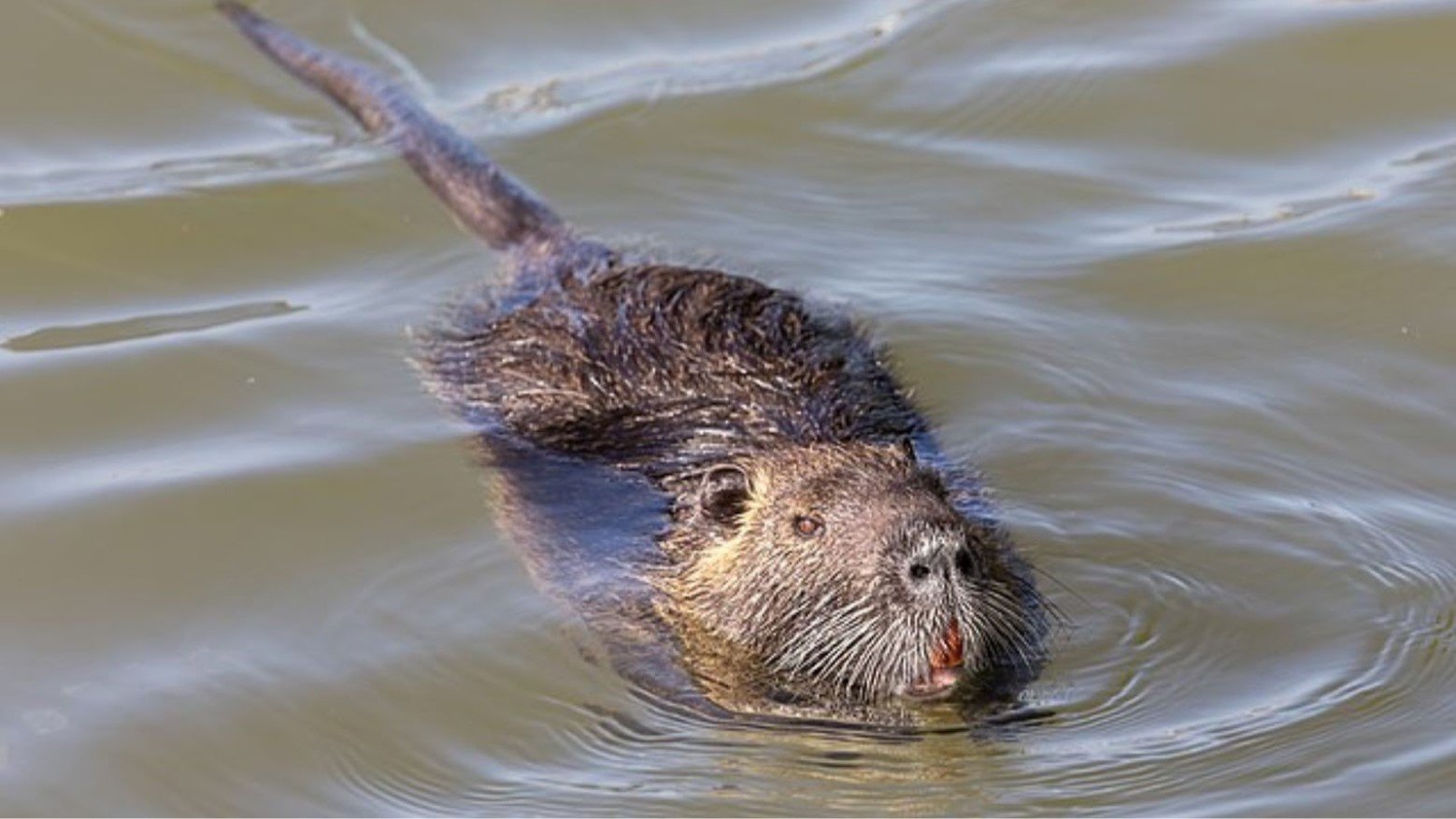
Source: Wikipedia Commons
Since the rodent originally comes from South America, where larger animals prowl the forest, officials have considered bringing in some natural wildlife to cull the rat.
Ramping Up Tracking
Another solution that officials plan to implement is GPS tracking and remote sensing to determine where large amounts of the rats are living.
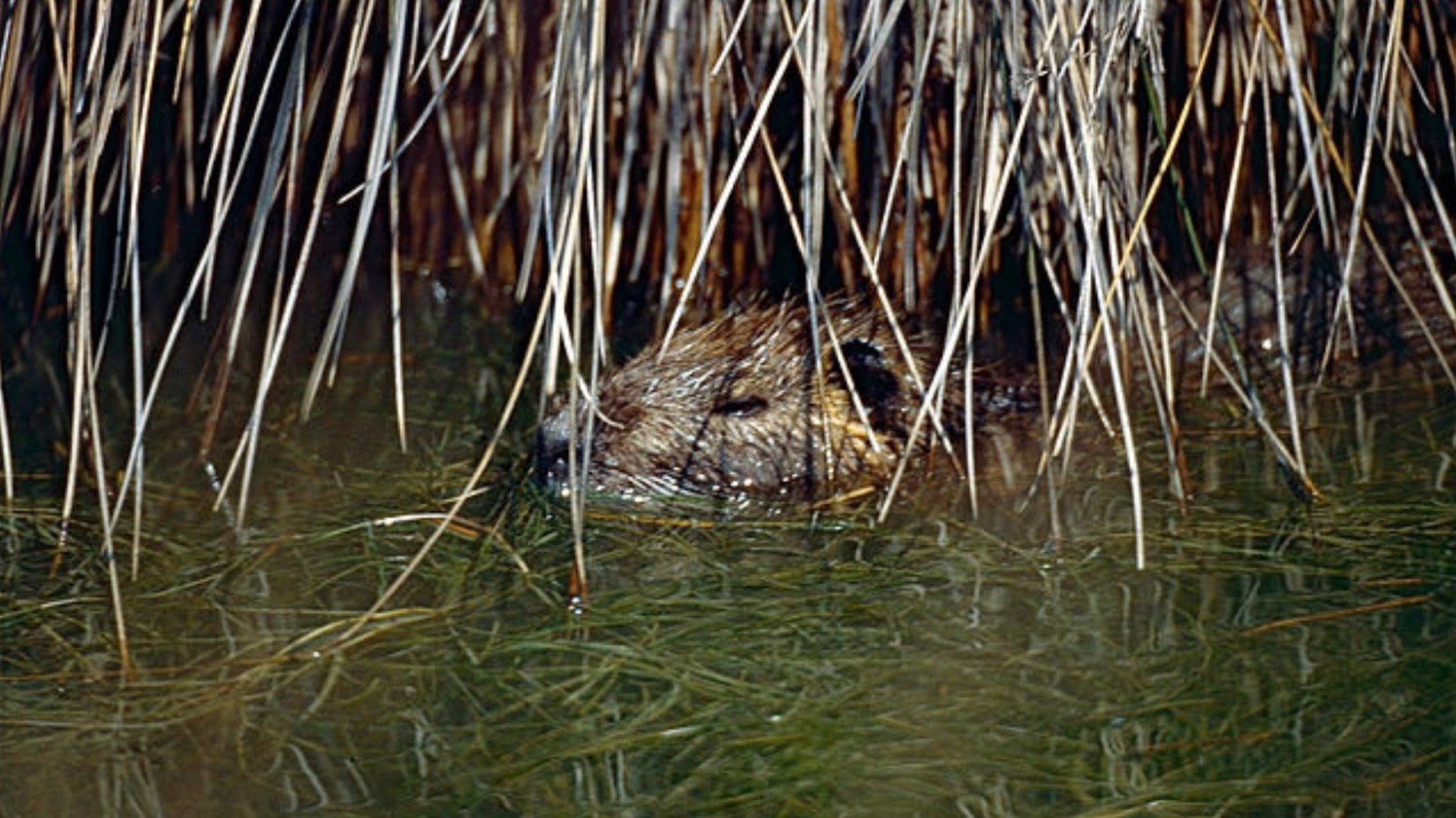
Source: Wikipedia Commons
After gathering much needed data, officials can go in and eliminate large numbers of the rodent at once.
Gaining Access to Private Land
Another issue that wildlife officials are concerned about is gaining access to private land to hunt the rat.
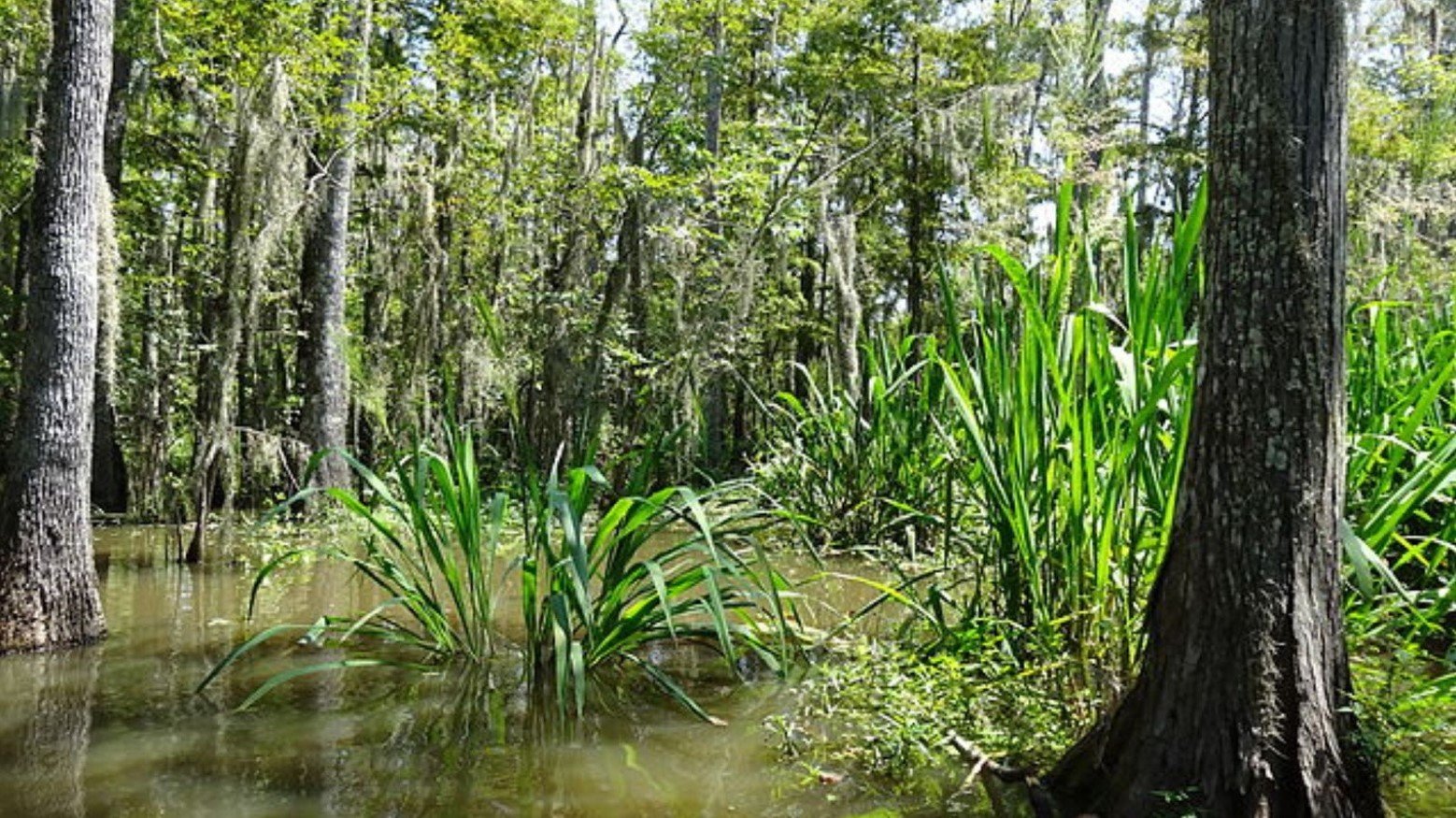
Source: Wikipedia Commons
Louisiana is a state that prides themselves on laws that protect landowners from trespassing. However, officials are hoping to work with landowners to gain access to hunt the rat or to share incentive programs for anyone culling the rats on their property.
Long-Term Plans for the Rodent
Louisina faces harsh challenges when it comes to coastal degradation and ecological control. The nutria is just one more factor that threatens the landscape of the coastal state.

Source: Wikipedia Commons
State officials hope to foster community engagement, outreach, and collaboration in order to secure the landscape and save wildlife habitats.
Huge Goals to Eliminate the Nutria
During the 2024 hunting season, the Conservation Assistance Network hopes to kill roughly 400,000 nutria.
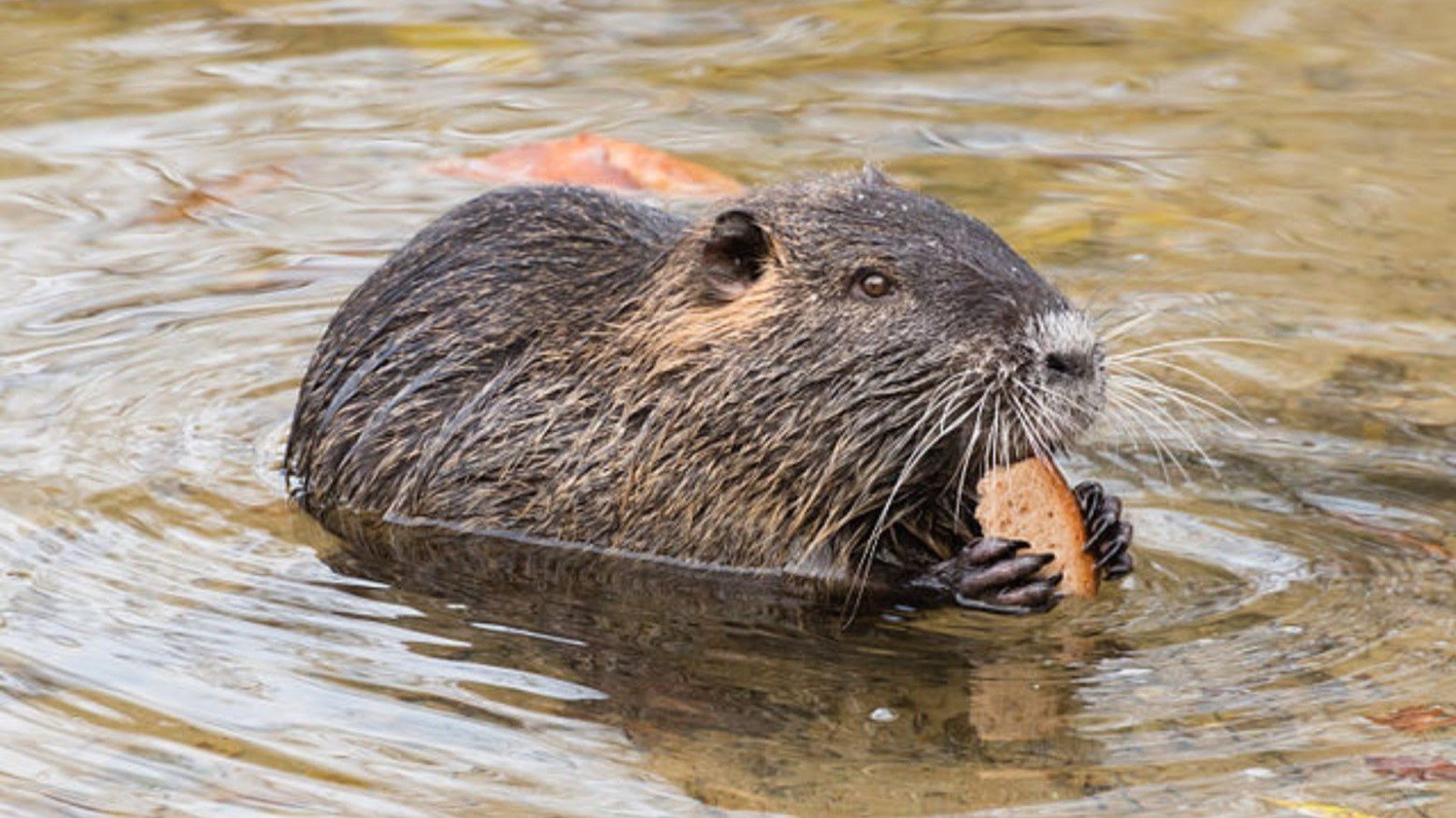
Source: Wikipedia Commons
All hunters and trappers are expected to keep their eyes out for the rodent when on their expeditions this year.
